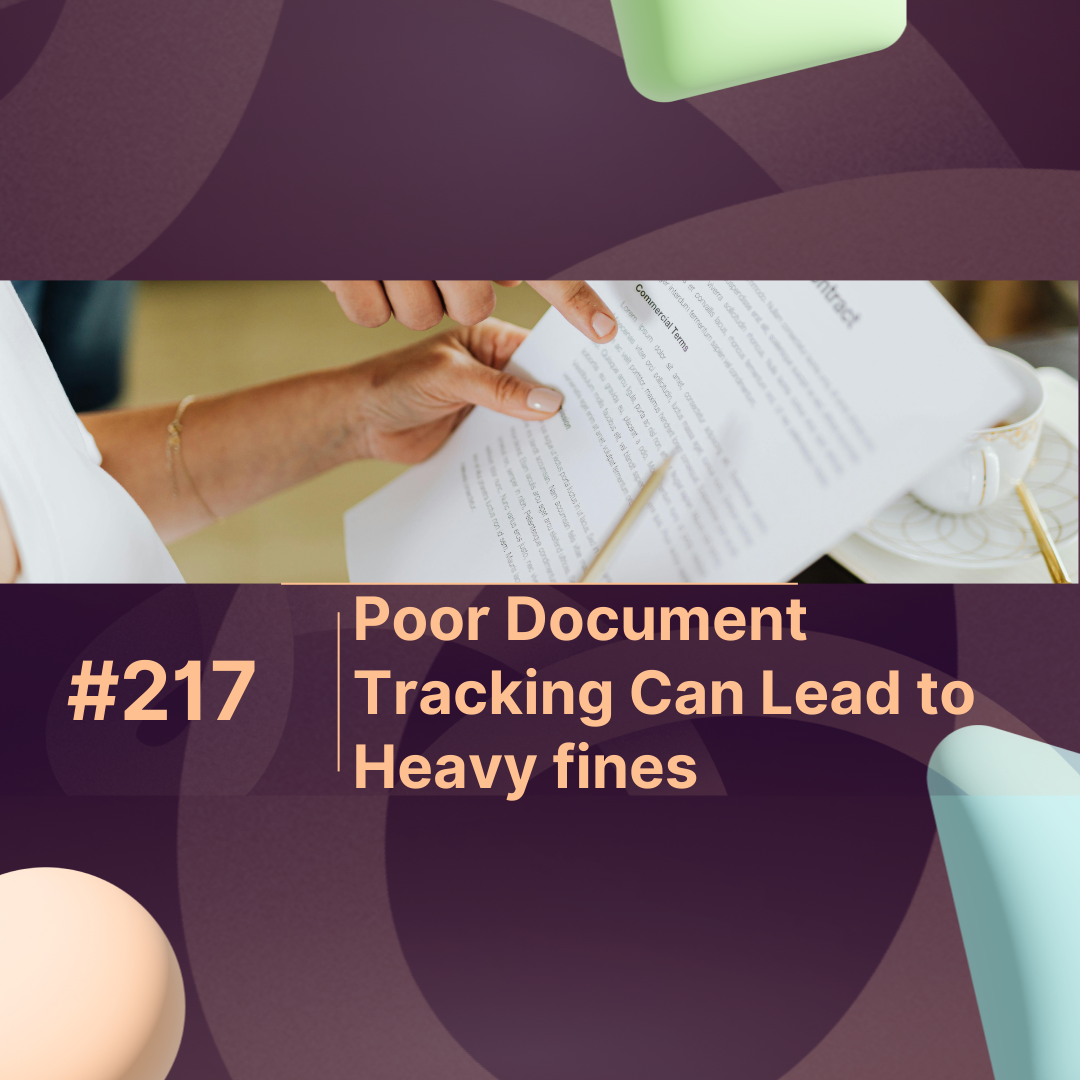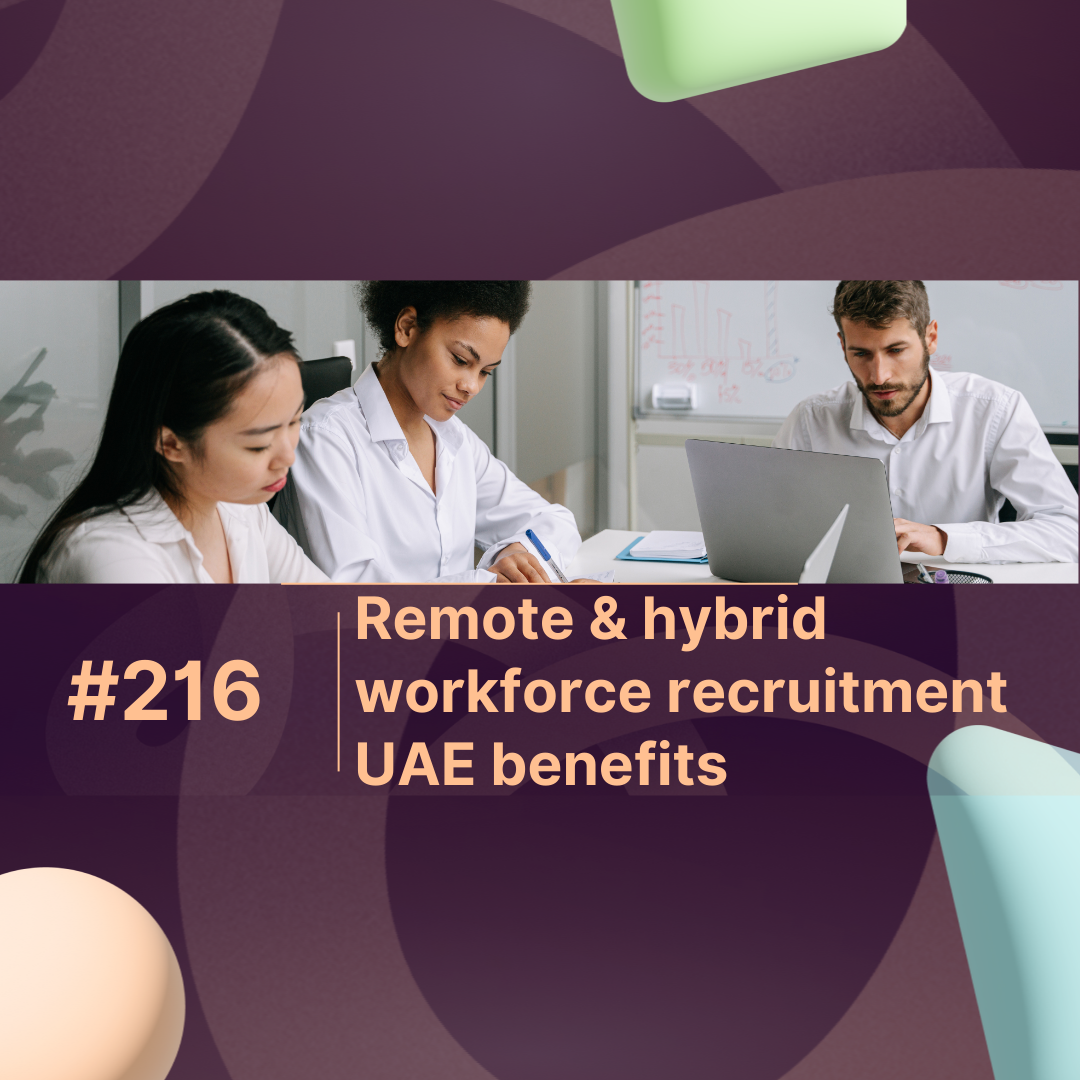Overview
Burnout has become a global workplace epidemic. According to Gallup, 76% of employees experience burnout at least sometimes, directly impacting performance and morale. A practical burnout buster strategy is essential—not only to protect employee well-being but also to maintain high productivity. This article explores proven ways to handle burnout buster without sacrificing performance, combining wellness practices, smart workload management, and HR-driven solutions.
What Is a Burnout Buster?
A burnout buster refers to any method, tool, or strategy designed to reduce stress, restore balance, and boost resilience. Unlike temporary fixes like taking a weekend off, burnout busters create long-term improvements in workplace well-being.
Examples include:
-
Time-blocking techniques
-
Employee wellness programs
-
Recognition and reward systems
-
Flexible work policies
-
HR tech that monitors engagement trends (like MaxHR)
Why Burnout Busters Are Essential for High Performance
Unchecked stress leads to absenteeism, reduced innovation, and higher turnover. On the other hand, effective burnout busters help organizations:
-
Maintain consistent productivity
-
Improve employee morale
-
Lower healthcare costs
-
Boost retention and engagement
Companies that invest in burnout prevention see 23% higher profits and 17% higher retention rates (Harvard Business Review).
Proven Ways to Handle Burnout Buster
1. Redesign Workloads for Balance
Workload overload is the #1 cause of burnout. Leaders should implement realistic deadlines, workload rotation, and project prioritization.
HR tech platforms like MaxHR make it easier to track workloads, employee hours, and engagement patterns.
2. Encourage Micro-Breaks and Downtime
Even short breaks can serve as powerful burnout busters. A Microsoft study found that short breaks between meetings reduce stress by 30%. Encourage “reset moments” throughout the day.
3. Build Psychological Safety at Work
Employees need to feel safe voicing concerns without fear. Teams with high psychological safety are 47% more likely to be productive (Google’s Project Aristotle).
4. Recognize and Reward Employees
Recognition acts as a natural burnout buster. Gallup reports that employees who receive regular recognition are 4.6 times more likely to be engaged.
Implementing effective burnout buster strategies is crucial for organizations aiming to enhance overall productivity.
5. Promote Flexible Work Arrangements
Flexibility in hours or hybrid work options helps employees regain control over their schedules, reducing stress without hurting performance.
6. Integrate Wellness Programs
Workshops, fitness perks, or mental health resources all function as burnout busters. According to WHO, wellness programs can cut absenteeism by 25%.
7. Leverage HR Technology
Modern HR tools (like MaxHR) use engagement analytics and culture tracking to identify burnout early. This allows companies to act before productivity drops.
Impact of Burnout Buster Strategies
| Burnout Buster Strategy | Performance Impact | Data/Statistic |
|---|---|---|
| Balanced workloads | +20% efficiency | McKinsey Report 2024 |
| Micro-breaks during work | -30% stress levels | Microsoft Research 2023 |
| Recognition programs | 4.6x higher engagement | Gallup Workplace Study |
| Flexible work options | +18% retention | SHRM Report 2024 |
| Wellness initiatives | -25% absenteeism | WHO Workplace Health Report |
| HR tech adoption (e.g., MaxHR) | 32% faster intervention | HR Tech Outlook 2024 |
Conclusion
Handling burnout isn’t about working less—it’s about working smarter. A well-designed burnout buster strategy helps organizations reduce stress while maintaining performance. With the right mix of workload design, recognition, flexibility, wellness programs, and HR tech, leaders can transform burnout into resilience.
The takeaway? Burnout doesn’t just fade it needs structured solutions. And those who adopt them gain a healthier, more productive workplace.
FAQs
1. What is the best burnout buster for remote teams?
Encouraging flexible schedules, regular check-ins, and digital wellness programs works best for remote employees.
2. Can HR technology act as a burnout buster?
Yes. Tools like MaxHR help track engagement, workloads, and employee well-being, making early intervention possible.
3. How do managers implement burnout buster strategies daily?
By setting clear goals, recognizing achievements, and promoting short breaks to keep morale high.
4. What role does recognition play as a burnout buster?
Recognition boosts engagement by over 4x, making employees more resilient to stress and reducing turnover.
5. How can organizations measure the success of burnout busters?
Through employee surveys, reduced absenteeism, higher retention rates, and improved productivity metrics.



